|
|
|
|
|
This is an Igherm, a communal fortified granary, high in the
Atlas Mountains in the Zawiya Ahansal region of Morocco. This one,
some 400 years old, had fallen in to disrepair like many others in
the region. Zawiya Ahansal is a vast range of plateaus, lush
valleys and sheer cliffs where a rural community of villages once
prospered along the Ahansal River. |
|
|
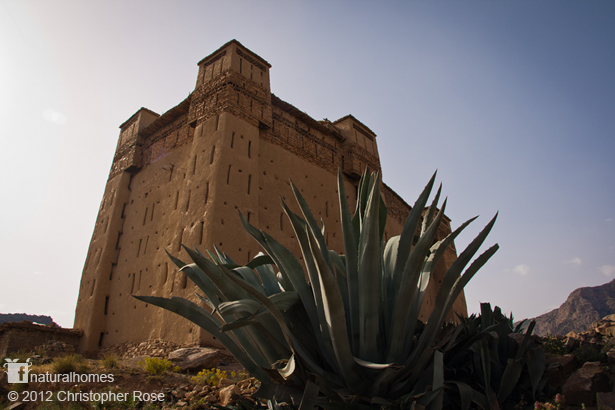 |
|
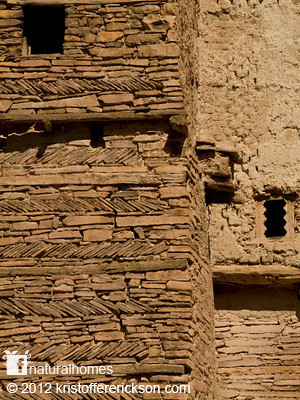 |
|
They were blessed with fresh water, plentiful grazing lands,
and a landscape easily defended against rival tribes. The region
maintained its prosperity and independence for centuries. The highly decorated ighirmin (plural for
Igherm) were built during this time but are now skeletons of the
community's former prosperity. The Ighirmin, with ornate iron and
wooden doors, are communally owned by the tribe providing every
family in the village with a room to store grain.
Pictured right is how the Igherm looked in 2007 before it was
restored to its former glory (as above). The building now stands
like a crown above the village providing a library space and
computer rooms for the community. The work has been a
collaboration between the local community, the
Atlas Cultural Foundation and the
Moroccan
Ministry of Culture. |
|
| |
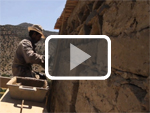
|
|
| |
Atlas Cultural Foundation Film |
|
The Igherm in 2007 during
restoration
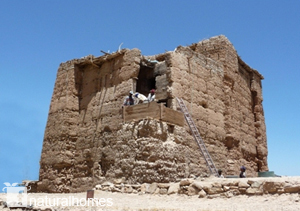 |
|
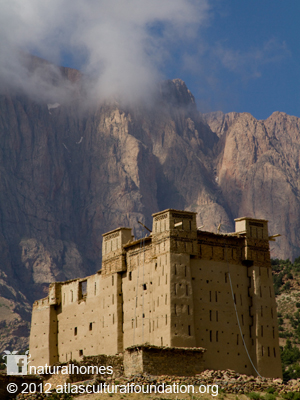 |
|
Too often, efforts at community development implement modern
architectural styles or quick and cheap concrete ‘bunker’
architecture to house their projects. These aesthetics are new and
often uncomfortable for people in traditional communities and can lead to abandoned
efforts. Alternatively, a familiar and historical aesthetic builds
pride as well as sustainable buildings. The ighirmin
are being restored using the exact same natural building
techniques and materials used by the original builders that
allowed these beautiful buildings to stand for over 400 years. |
|
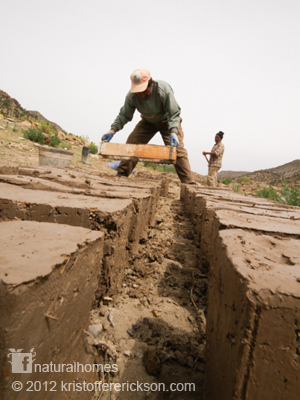 |
|